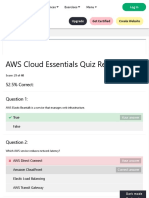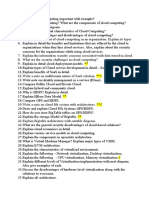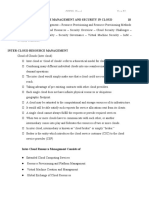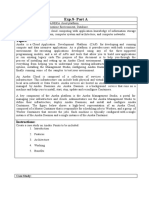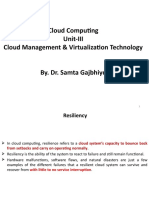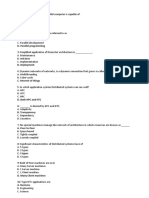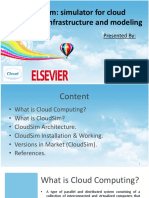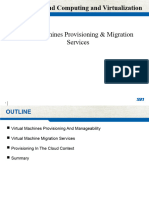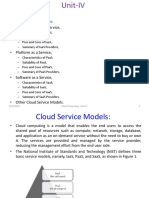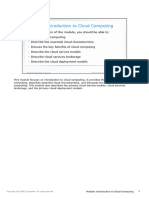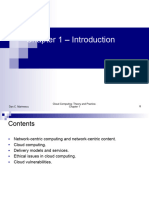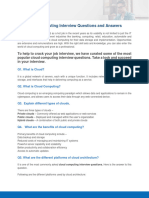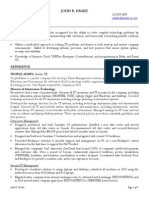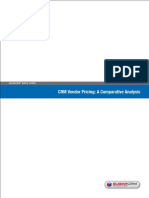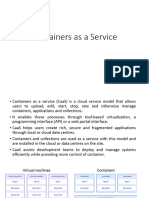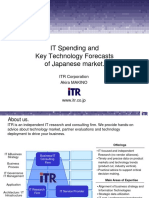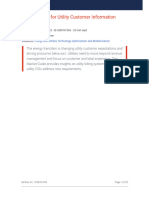0% found this document useful (0 votes)
982 views14 pagesCloud Computing Questions & Answers
The document provides an overview of cloud computing concepts and 20 interview questions and answers related to cloud computing. Some key topics covered include definitions of cloud computing, benefits of cloud computing like reduced costs and increased flexibility, examples of cloud computing platforms and providers, security aspects of cloud computing, and models for cloud deployment. The questions and answers provide concise explanations of cloud computing fundamentals and technologies.
Uploaded by
Sachin BairagiCopyright
© © All Rights Reserved
We take content rights seriously. If you suspect this is your content, claim it here.
Available Formats
Download as PDF, TXT or read online on Scribd
0% found this document useful (0 votes)
982 views14 pagesCloud Computing Questions & Answers
The document provides an overview of cloud computing concepts and 20 interview questions and answers related to cloud computing. Some key topics covered include definitions of cloud computing, benefits of cloud computing like reduced costs and increased flexibility, examples of cloud computing platforms and providers, security aspects of cloud computing, and models for cloud deployment. The questions and answers provide concise explanations of cloud computing fundamentals and technologies.
Uploaded by
Sachin BairagiCopyright
© © All Rights Reserved
We take content rights seriously. If you suspect this is your content, claim it here.
Available Formats
Download as PDF, TXT or read online on Scribd
/ 14



